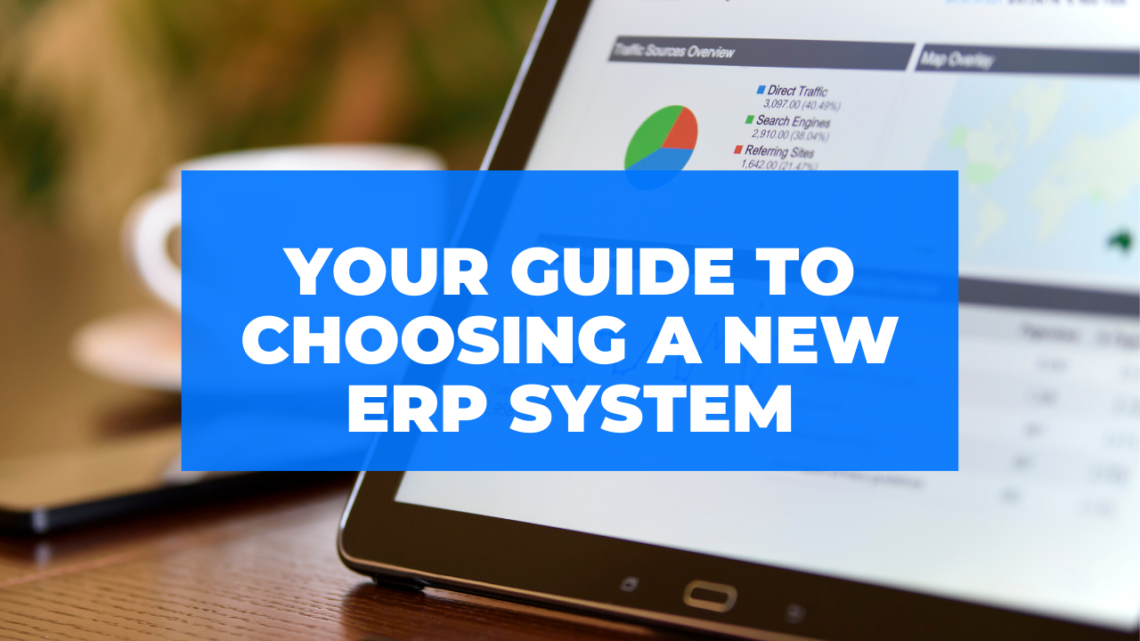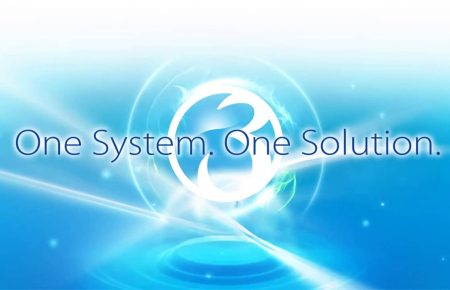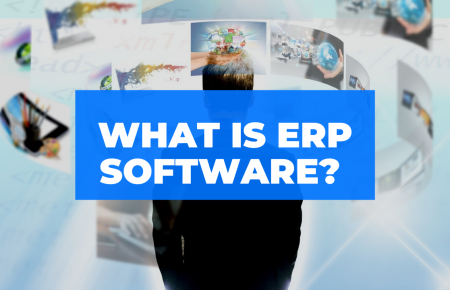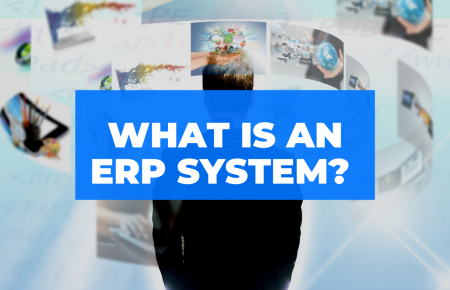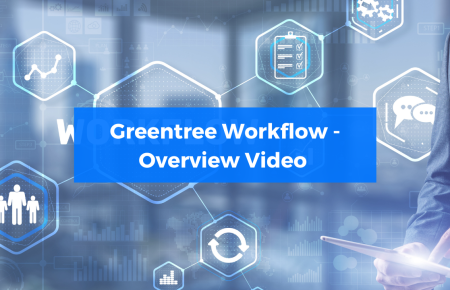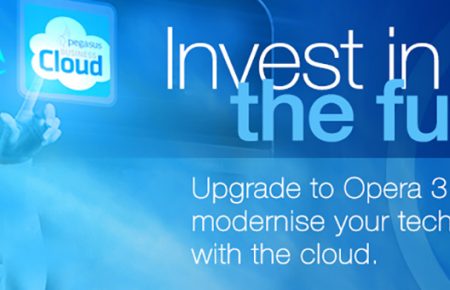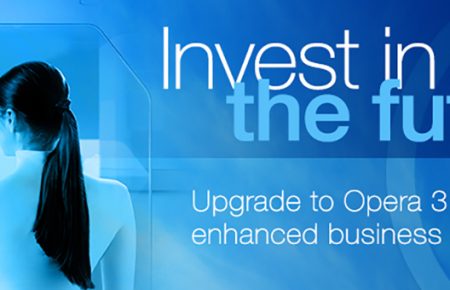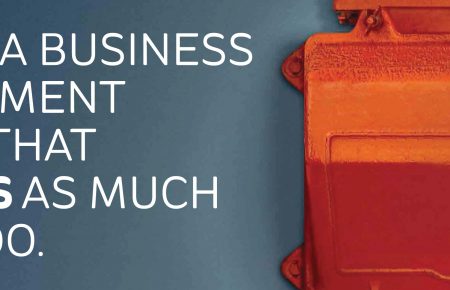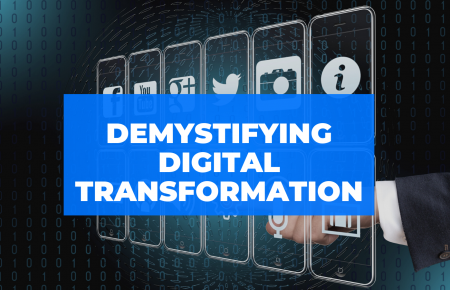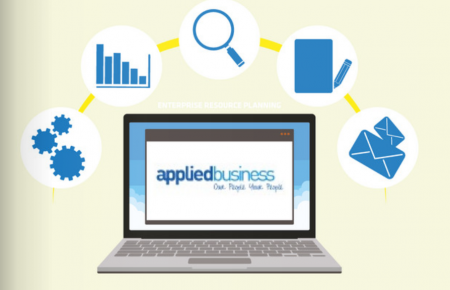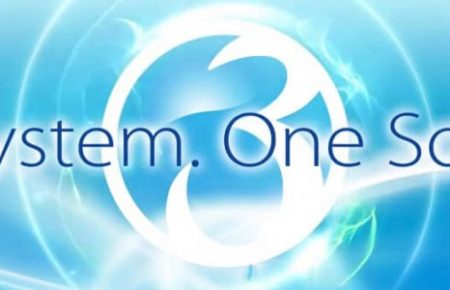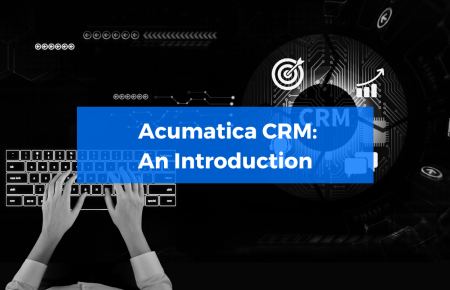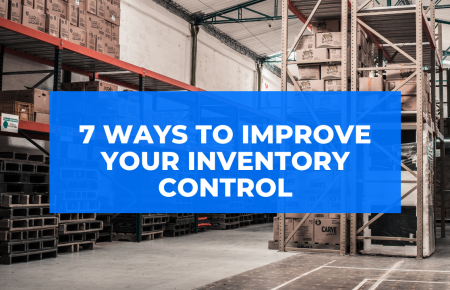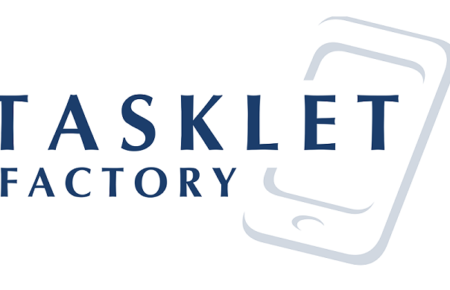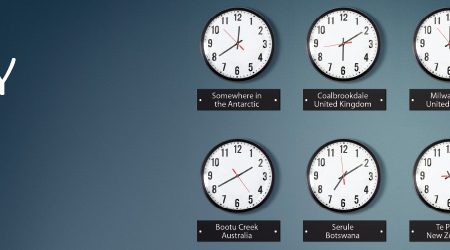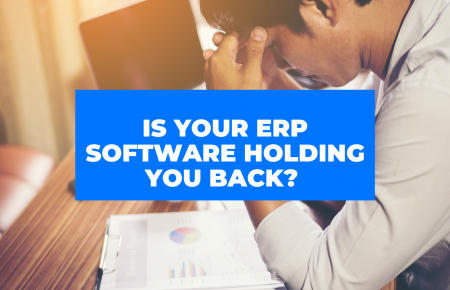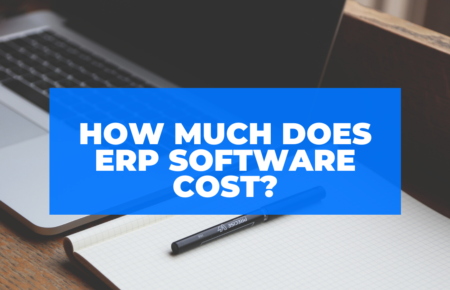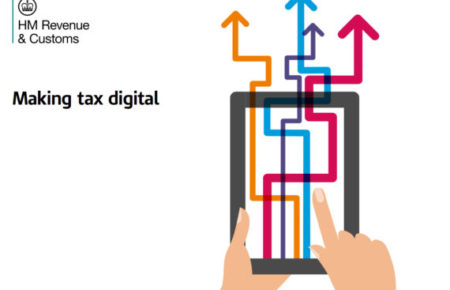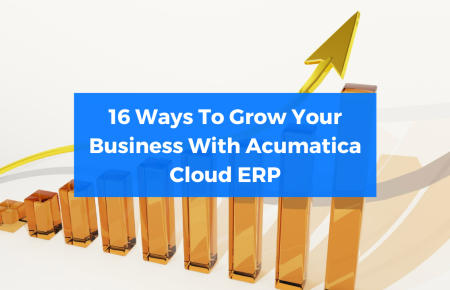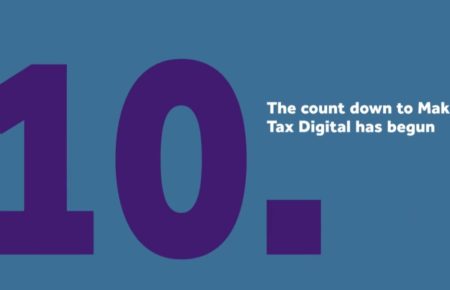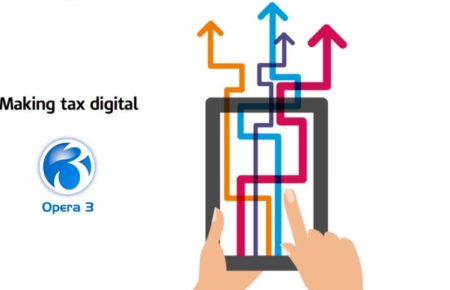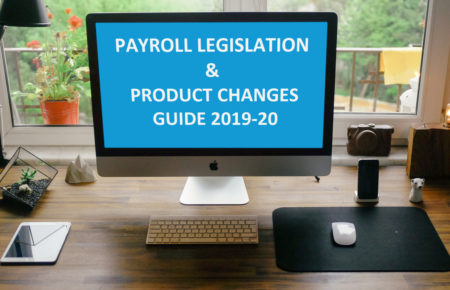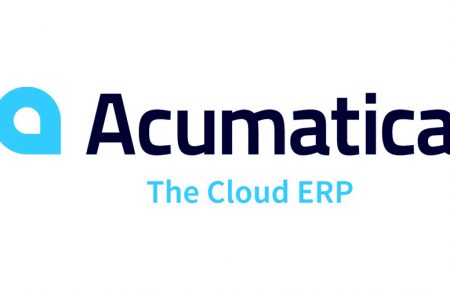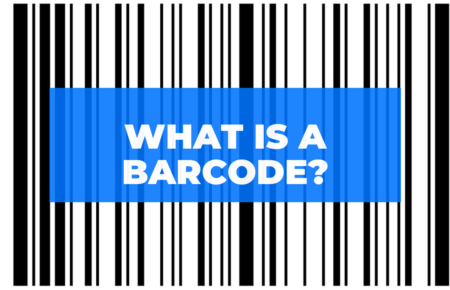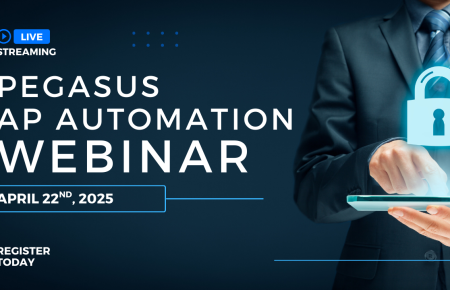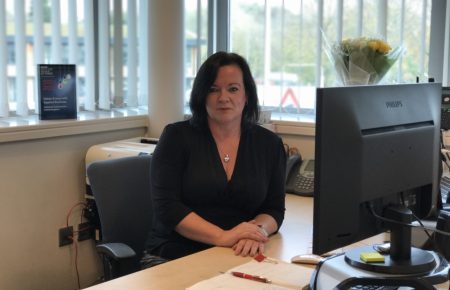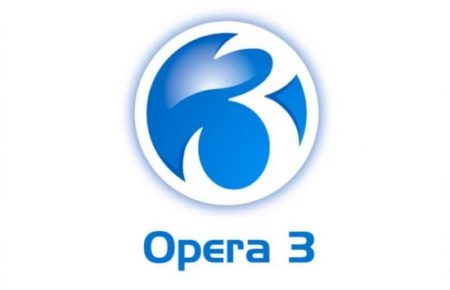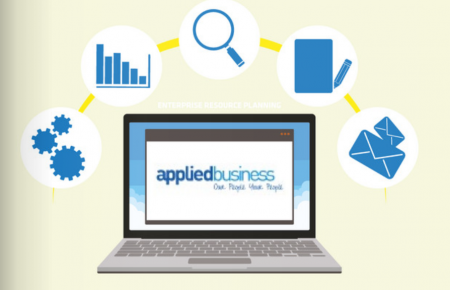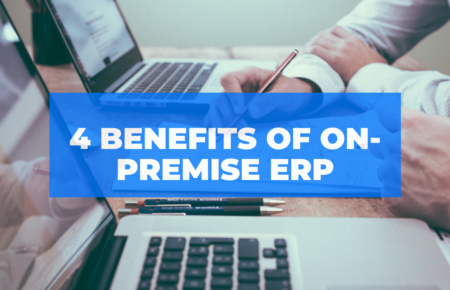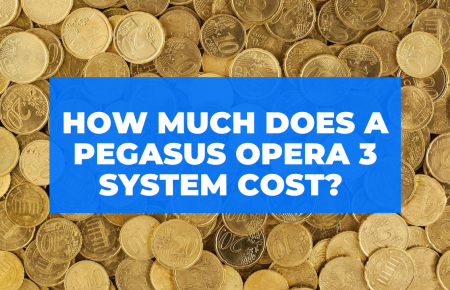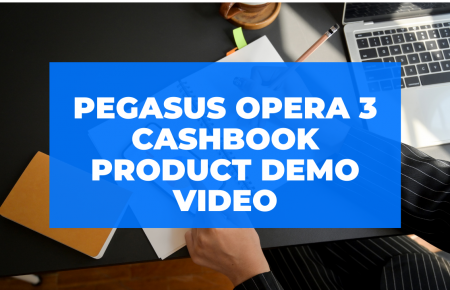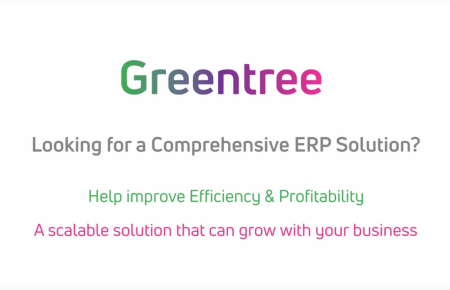A step by step guide to choosing a new ERP system
In a recent article, we identified some key reasons why companies change their business management and accounting (ERP) systems. In this article, we provide a step-by-step guide to help you through the process of selecting a new ERP system.
The selection of a business management and accounting (ERP) system is one of the most important business decisions we have to make for three reasons:
- A new ERP system impacts most work centres or departments within a business. This means it’s vitally important that the system is a comfortable fit across all aspects of a business’s operations.
- The transition to a new ERP system can be seriously disruptive to the day-to-day operation of the business and so it’s not something we want to do too often.
- Most businesses do not want to change their ERP system for at least three years and ideally longer. Therefore, it’s essential that the new solution is a good fit for the short, medium and long term.
If you’re the fortunate person who has been given the “poisoned chalice” of sourcing a new business management and accounting (ERP) system then we hope this guide will assist you.
We have identified 14 steps to choosing the correct ERP solution for your business. They are:
The 14 steps to selecting the right ERP solution
- Create a dedicated project team
- Prepare a summary of the business requirements
- Prepare a short-list of possible ERP applications and suppliers
- Introduce yourself to the short-listed suppliers
- Arrange introductory (sometimes known as ‘discovery’) meetings with the short-listed suppliers
- Appraise the short-listed suppliers and discard any that are inappropriate
- Invite suppliers to provide an overview of their applications
- Ask the suppliers to provide an outline proposal with indicative budgetary costs
- Select the provisional preferred supplier
- Arrange a series of work centre or departmental workshops with the nominated supplier
- Undertake supplier due diligence and customer reference sites (if necessary)
- Ask the supplier for a confirmatory final proposal
- Carefully review the proposal and contractual terms & conditions
- Sign the contract & schedule a project kick-off meeting
1. Create a dedicated project team
Although not compulsory, it’s logical for the project manager to create a small dedicated team to assist with this project.
Typically, this would include leaders with vested interests in the success of this project from across most work centres, including:
- Production & Operations
- Inventory & Procurement
- Finance & Project Cost Management
- Sales and Marketing
- Customer & Field Service
- Human Resources
We recommend keeping the project team as small as practically possible. The project team should be supported by work centre teams with a designated project “Champion” supported by “Subject Matter Experts” who will assist with product selection, implementation and training.
2. Prepare a summary of your business requirements
Don’t worry, this document is not a typical, verbose, templated ‘Invitation to Tender’ (ITT) or ‘Request for Quotation’ (RFQ). It is merely a short synopsis which:
- Provides a brief description of the business’ purpose including some indication of the scale of the business. For example, type of business, number of sites, number of staff and business turnover. You should include any other insightful measures which may have a bearing on the final solution (such as the number of SKUs).
- Highlights the current business systems in use including IT infrastructure, software applications and the number of system users.
- Clearly explains the main motivations for the business changing business ERP systems, focusing on the expected outcomes for this project.
- References any important constraints such as seasonal factors and ideal project timescales which would be helpful to a potential supplier’s project manager
The purpose of this document is to save both parties time by defining the scope of the project. This helps the short-listed suppliers to qualify themselves in or out of bidding process. For example, if the business is a small custom manufacturing business with a turnover of under £10 million, a supplier whose typical system costs £500,000 is not likely to be interested or a serious contender.
3. Prepare a shortlist of possible ERP applications and suppliers
The preparation of a shortlist of software applications and possible suppliers is one of the hardest tasks in this whole process. There are literally hundreds of solutions to consider.
Our suggestion is to make use of any sources of information at your disposal including:
- Any knowledge and experiences gained at organisations you have worked with (whether that be customers or suppliers).
- Assistance from professional, trade or personal networks and support groups.
- Recommendations from trusted leaders, advisors and peers within your industry.
- Relevant social media channels that are popular within your trade or industry.
- General research on the internet and background searches to reaffirm your choices.
Ultimately, the question you must answer is this: ‘Which suppliers can deliver a solution which is a good fit for my business, on time and within budget?‘
Having taken the steps above, your aim should be to create a shortlist of between three and six solution providers.
4. Introduce yourself to the short-listed suppliers
There is no right or wrong way to express an interest in a supplier’s solution. You could fill in a ‘call to action’ on the supplier’s website or contact them by simple traditional means i.e. telephone or email.
What’s more important is how the supplier responds to your enquiry. You should expect an almost immediate, professional, enthusiastic and genuine response.
Finally, don’t be surprised if the supplier’s sales consultant asks you to read or watch some type of ‘buyers guide’ to help educate you on the process you are embarking on. This approach is designed to help you ascertain whether they are a good fit for your business.
5. Arrange Introductory/discovery meetings with the short-listed suppliers
Most ERP salespeople will want to schedule a “discovery” meeting with you and your project team to learn as much as possible about your business.
This will no doubt seem a bit like the “Spanish inquisition” as the salesperson, or should I say ‘consultant’, tries to acquire the salient details needed to understand whether their solution is a good fit for your needs and requirements.
It would be sensible to do some preparation for these meetings beforehand as this will save time in the long run. Some high-level business process diagrams may be useful to provide insights into the business operations.
Copies of the most important business documents including:
- Quotation or Estimate
- Sales order
- Picking lists
- Delivery note
- Sales Invoice & Credit note
- Purchase order
- Goods Received Notes
- Works order
- Customer Statement
- Remittance Advice
- Payslip
- Plus, any staple management reports
The purpose of the initial discovery meeting is to start building a relationship with the suppliers. The sales consultant is likely to ask for a brief tour of the business as this shows interest and helps give context to the information gleaned during the meeting.
During this meeting, it is important to establish the next step in the buying process. This could be a brief meeting summary document confirming the most important ‘takeaways’ raised at the meeting.
6. Appraise the suppliers and discard any that are inappropriate
Time is the main enemy for a business when it comes to maintaining momentum in projects such as this. Reduce the short-listed suppliers down to a maximum of three contenders ASAP to avoid the process becoming too drawn out.
7. Invite suppliers to provide an overview of their applications
The next stage is to invite your remaining short-listed suppliers to provide an overview of their respective solutions.
Before inviting the suppliers to present, decide who you want to attend the presentations and check their availability.
It is helpful to identify an appropriate project ‘champion’ with supporting ‘subject matter experts’ in each work centre or department as part of the project management team. These individuals will represent the needs and interests of their work centre or department at project meetings, demonstrations and high-level workshops.
Some suppliers will no doubt request relevant data to help make their presentation relatable. It would be worth creating an Excel file containing a small sample of prospects, customers, suppliers, jobs, products and bill of materials as appropriate.
At the presentations, you should evaluate both the application software and the supplier’s approach to these types of projects. In broad terms, there are suppliers who will clearly roll up their sleeves and help make the project happen and those who take a more hands-off approach. Every business has its own preferred approach and it is imperative that you select a supplier who matches yours.
8. Ask the suppliers to provide an outline proposal with indicative budgetary costs
Each supplier should provide an outline proposal following the presentations. These proposals should include indicative budgetary costings and the following:
- Software licenses & subscription costs
- Software maintenance & support fees
- Professional Services for installation, implementation & training
- The ongoing cost of ownership
- Project methodology & timeline
- Customer references (if required)
- Terms and conditions
9. Select the provisional preferred supplier
It is now time to evaluate the proposals and decide who your preferred supplier is.
Your selection is purely provisional at this stage because you are still not in the position to sign a contract.
10. Arrange a series of work centre workshops with the nominated supplier
We recommend holding a series of workshops with your supplier. These workshops should help:-
- Introduce all employees across all work-centres/departments to the project.
- Enable the new supplier to meet key members of staff and understand their roles within the business. This is especially crucial with regard to those designated as work centre champions and supporting subject matter experts.
- The supplier to get an in-depth understanding of the current business processes as well as the challenges and anticipated improvements the new system is expected to deliver.
- The supplier to map the key operating processes to the new software procedures and present them to the project management team for their consideration and comments. Until mutual agreement is reached, this may be an iterative process of improvement across all work centres or departments.
- Having agreed the end-to-end business processes on the new solution, it’s time for the work centres or departments to review and critique these proposed operating procedures in their context.
- Get work centres to buy into the project through their involvement with the development of the new solution.
- Make sure there is no mismatch in expectations from either the client or supplier.
Having agreed the solution is a good fit for the business and that you work well and feel comfortable with the supplier’s team, it’s time for the final proposal and estimate.
11. Supplier due diligence and customer reference sites (if necessary)
Hopefully, a good trusting relationship has developed between yourselves and the supplier’s team during the pre-sales phases of this project.
If you were initially referred to the preferred supplier by a close friend or business associate then visiting or talking to reference sites may not be necessary; however, if you would feel reassured by talking to, or visiting a reference site it is worth asking to see if this is possible.
Reference sites can be particularly helpful with their practical reflections of their implementation experience and things they may have done differently with the benefit of hindsight.
It is also important to do your due diligence on your preferred supplier before you sign contracts to make sure they are a stable business that are going to be around for the foreseeable future.
12. Ask the supplier for a confirmatory final proposal
The final cost proposal should not be markedly different from the initial proposal although, with a more in-depth understanding of the business’ processes gained from the workshops, it should allow the estimate to be more specific and exact.
An outline project plan should be provided with a realistic estimate for professional services covering software installation, implementation and user training.
An explanation of the ongoing costs of ownership should also be provided. This should cover subscriptions, software licenses and support fees.
There should also be some guidance provided on anticipated hidden or less obvious project commitments and costs. These should include estimates for internal staff costs by the project team and other system users. The final proposal should incorporate the expected notional cost of data cleansing, data migration and staff training.
By this stage, we would also want to have received detailed specifications and costs estimates for any software development required for the project.
Lastly, depending on the supplier’s approach to billing for professional services, it is worth understanding how much your level of commitment to the project can influence on the total cost of services.
As a rule of thumb, for a mid-sized SME, we typically expect the cost of professional services to be on par with the cost of the software over the life of the project. Obviously, this will vary depending on your proactive engagement and level of internal commitment to the project. Where the supplier is primarily supporting the internal project management team the costs are going to be considerably less than where they are expected to roll up their sleeves and provide hands-on practical assistance to meet project milestones and deadlines.
Ensure you are completely clear about what costs are covered in the supplier’s proposal and what is considered to be ‘out of scope’.
13. Carefully review the proposal and contractual terms
We recommend that you read through the proposal thoroughly with the supplier’s consultant. Be sure to clarify anything that does not make total sense to you.
Once you understand the proposal and have made any final fine-tuning adjustments, review the proposal with the senior management team.
14. Sign the contract and schedule a project ‘kick-off’ meeting
It is worth inviting the supplier’s consultant to meet your senior management team when you have decided to proceed. If you have yet to make introductions then this is particularly important!
This meeting should be used to ensure that the supplier’s consultant is aware of the trust and expectation you are placing in his company to deliver the new ERP system on time and within budget.
The outcome of this meeting should be the signing of the contract and the scheduling of a date for the project ‘kick-off’ meeting.
Applied Business are accredited partners of ERP Software providers, Acumatica, Pegasus Opera and Greentree ERP.
Recommended Related Reading:
- Acumatica – The Cloud ERP
- How Much Does ERP Software Cost?
- 5 Benefits Of Cloud ERP
- 4 Benefits Of On-Premise ERP
- 3 Reasons To Change Your ERP
- What Is ERP Software?
Any Questions? Get In Touch Now!

